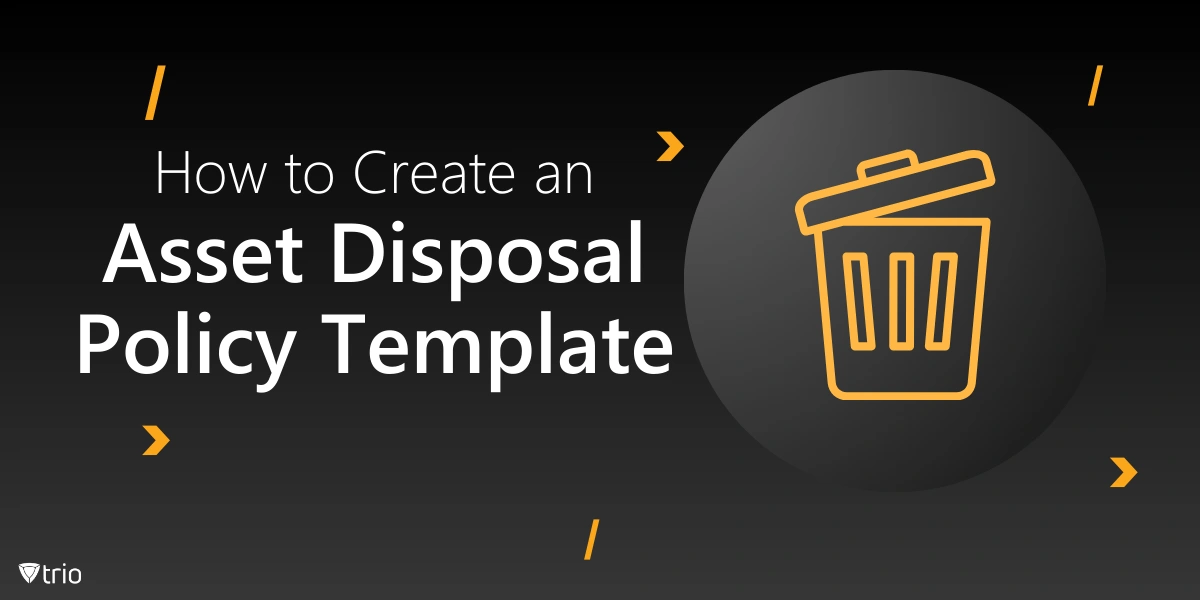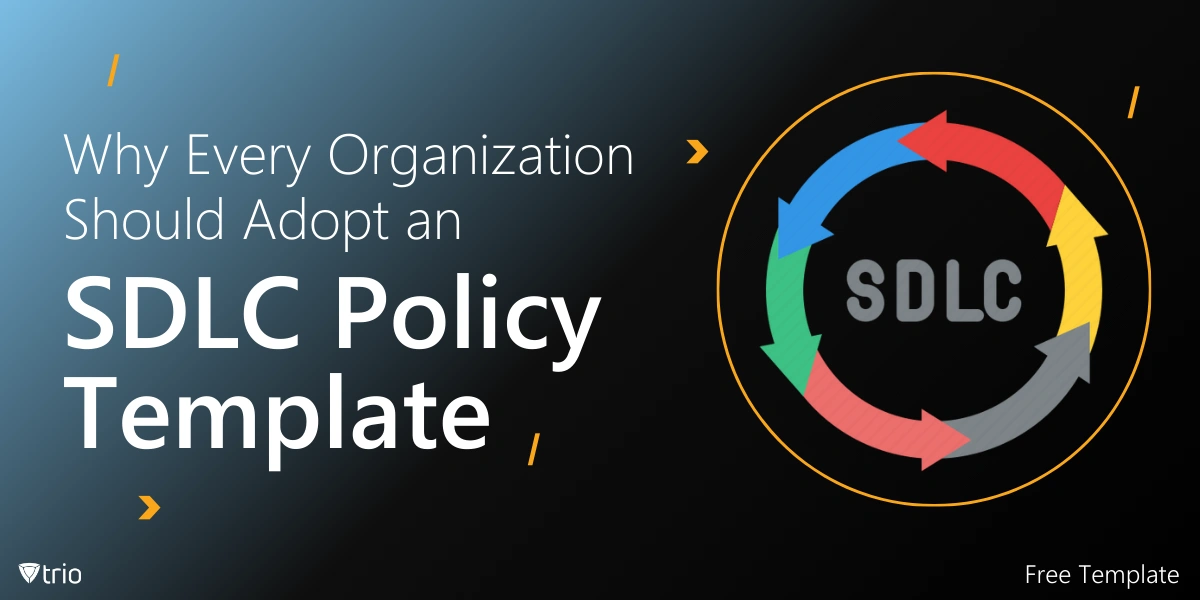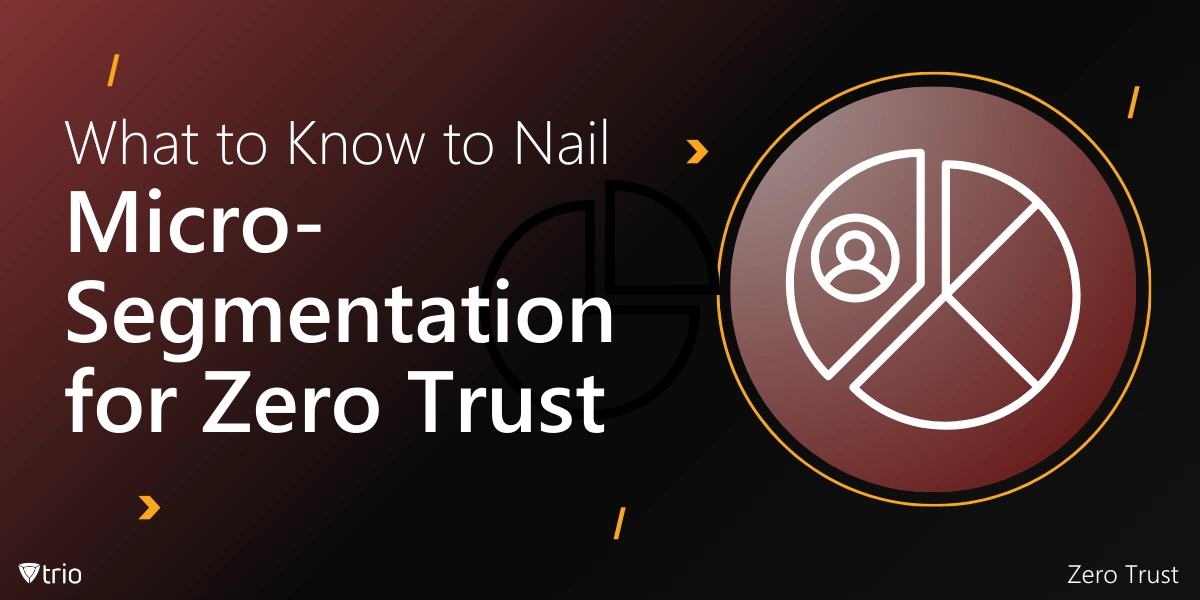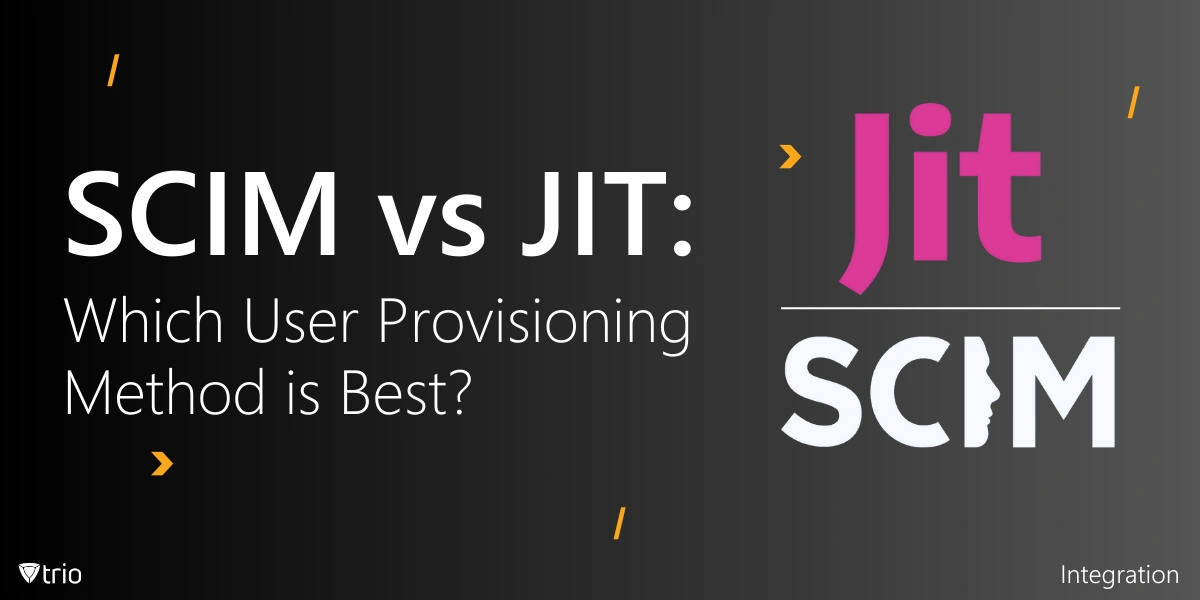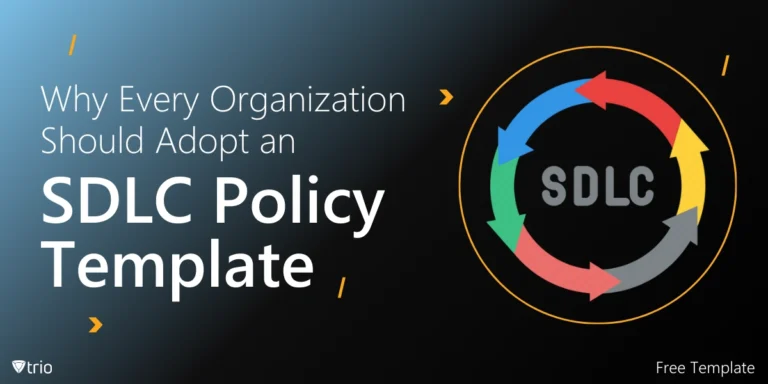As technology evolves and business operations shift, organizations inevitably accumulate assets that must eventually be disposed of. Whether it’s outdated hardware, unused software licenses, or office equipment, improper disposal of these assets can lead to security risks, regulatory non-compliance, and environmental harm. Most organizations are already trying to deal with such challenges. According to Future Market Insights, “The global IT asset disposition market is anticipated to reach US$ 36.4 billion by 2034.” To navigate these challenges effectively, it’s crucial to have a structured Asset Disposal Policy in place. This blog post will guide you through creating a comprehensive Asset Disposal Policy Template that covers all key aspects, ensuring your organization’s assets are disposed of securely, compliantly, and responsibly.
Why You Need an Asset Disposal Policy
Disposing of organizational assets is not just about getting rid of old equipment—it’s about managing risks, protecting sensitive information, assessing equipment life cycles, and ensuring compliance with various regulations. A well-defined Asset Disposal Policy helps:
- Protect Data: Ensures that all sensitive information is securely wiped before disposal.
- Ensure Compliance: Helps the organization adhere to legal and regulatory requirements, such as data protection laws and environmental regulations.
- Minimize Environmental Impact: Promotes environmentally responsible disposal practices, reducing the organization’s carbon footprint.
- Recover Value: Identifies opportunities to recover value through resale, trade-in programs, or donations.
Key Components of an Asset Disposal Policy Template
These are some of the key components of an asset disposal policy template IT admins should consider.
-
Purpose and Scope
The policy should begin by clearly defining its purpose and the assets it covers. It should also cover asset lifecycle planning so there’s a clear vision of when an asset will no longer be of use to the organization. This sets the foundation for all subsequent procedures and ensures that everyone involved understands the policy’s objectives.
-
Criteria for Disposal
Establishing criteria for disposal is crucial to determine when and why an asset should be disposed of. This section should include considerations such as the asset’s end-of-life, obsolescence, and excess inventory. Approval processes should also be defined to ensure that disposals are authorized and documented.
-
Methods of Disposal
Different assets require different asset disposal forms. This section should outline various methods, such as reuse, recycling, sale, trade-in, and destruction. Each method should include specific guidelines to ensure the process is secure, compliant, and environmentally friendly.
-
Security Considerations
Data security is paramount in the disposal process. This section should detail procedures for data sanitization, chain of custody, and verification checks to ensure that no sensitive information is left on disposed assets.
-
Compliance with Regulations
Regulatory compliance is non-negotiable in asset disposal. This section should address compliance with data protection laws, environmental regulations, and vendor certifications, ensuring that the organization meets all legal requirements.
-
Documentation Requirements
Proper documentation is essential for tracking disposed assets and proving compliance. This section should specify the types of records to be maintained, such as asset disposal forms, certificates of disposal, and retention periods.
-
Review and Update
An effective Asset Disposal Policy is one that evolves with changing technology and regulations. This section should outline the frequency and responsibility for reviewing and updating the policy to keep it current.
Conclusion
Creating and implementing a comprehensive Asset Disposal Policy is a critical step in safeguarding your organization’s data, ensuring regulatory compliance, and minimizing environmental impact. With the right framework in place, you can confidently manage the disposal of assets in a secure, efficient, and responsible manner. Try out our asset disposal policy template to get you started.
Ready to take your asset management to the next level? Consider using Trio’s IT asset management solutions, designed to streamline and secure the entire lifecycle of your organizational assets. Trio is a cutting-edge Mobile Device Management (MDM) solution. Try Trio’s free demo today and see the difference it can make!
